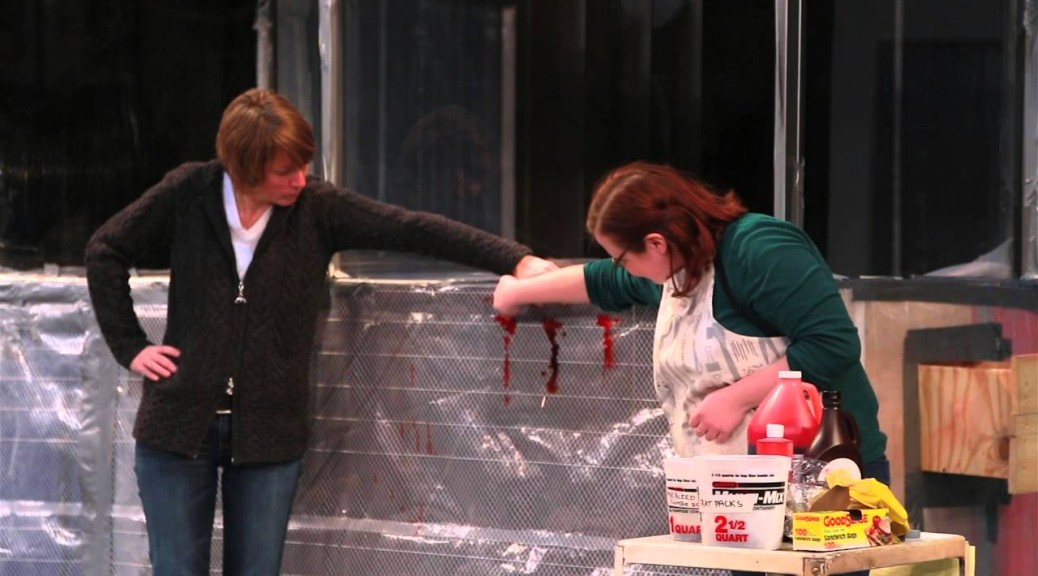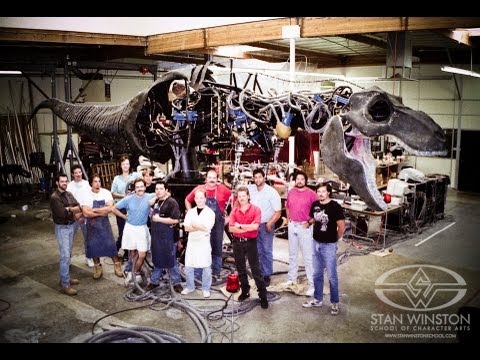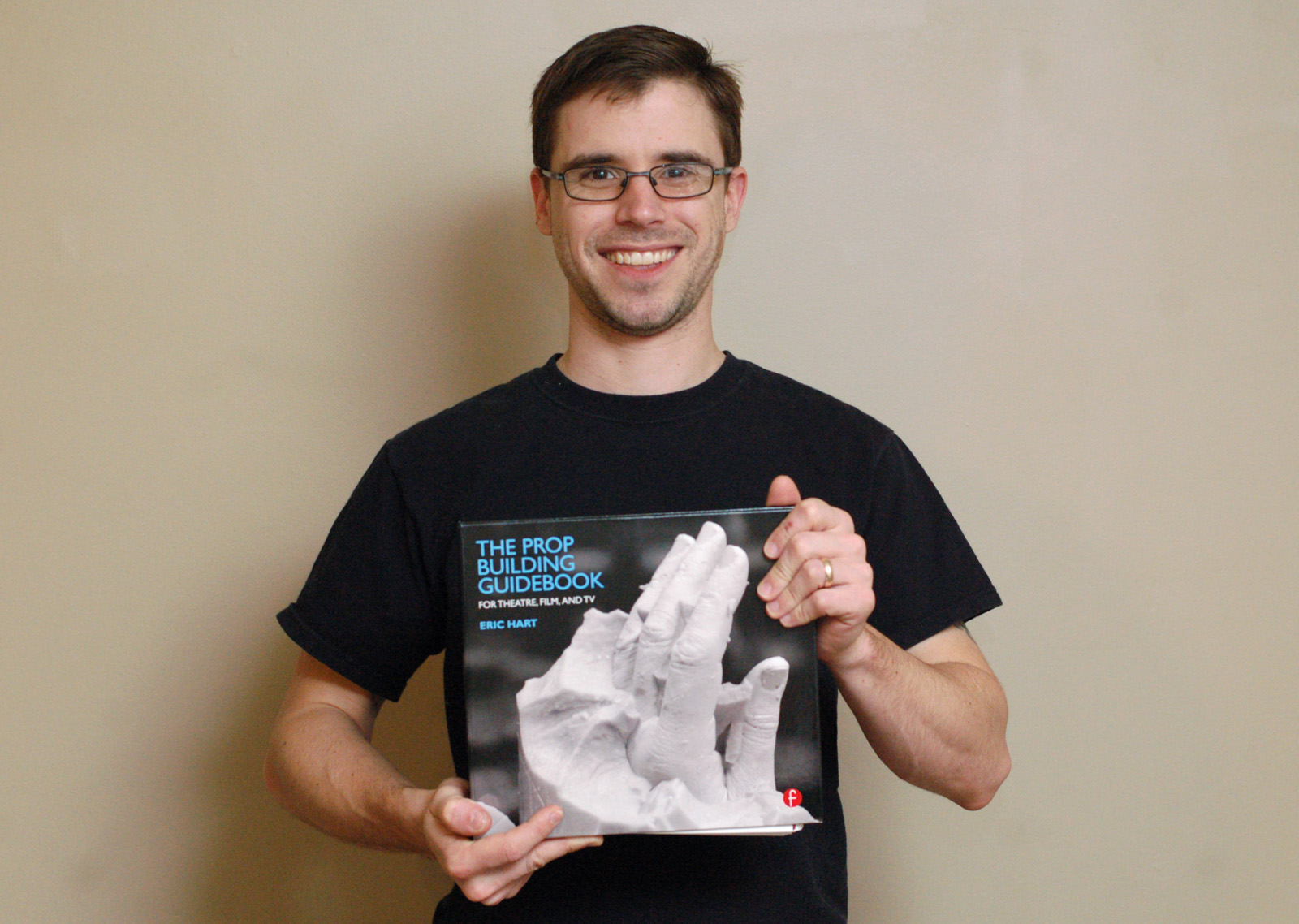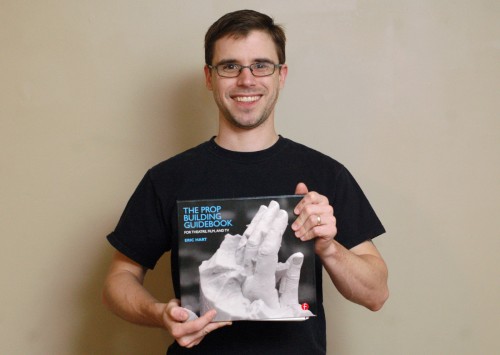Have you entered the Prop Building Guidebook contest and voted on your favorite prop yet? This is the last time I’ll remind you, because the contest ends next Tuesday.
The BBC has a lengthy story on the history of the tin can. It is far more thrilling and complex than you may have imagined.
Jesse Gaffney has a great post on how to make running water on stage. It’s a common trick amongst props masters, but it is great to see all the steps photographed and explained in detail.
Tested has an interesting post on the low budget special effects from yesteryear, particularly those employed by Ed Wood.
Chris Schwartz points us to a paper written by Matt Pelto on the difference between an artist, artisan and craftsperson (follow the link at the site to see the actual paper). It’s an appropriate question for props people, who may refer to themselves as artisans, builders, designers, artists, or many other descriptors. It is interesting to read the actual historical origin of some of these terms.
Janet Sellery runs a website dedicated to health and safety in the arts. She is based in Canada, so the workplace laws are specific to there, but the list of resources she provides is useful to everyone. I like her slogan, too: “Creative Risks without Safety Risks.”




